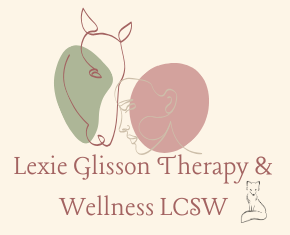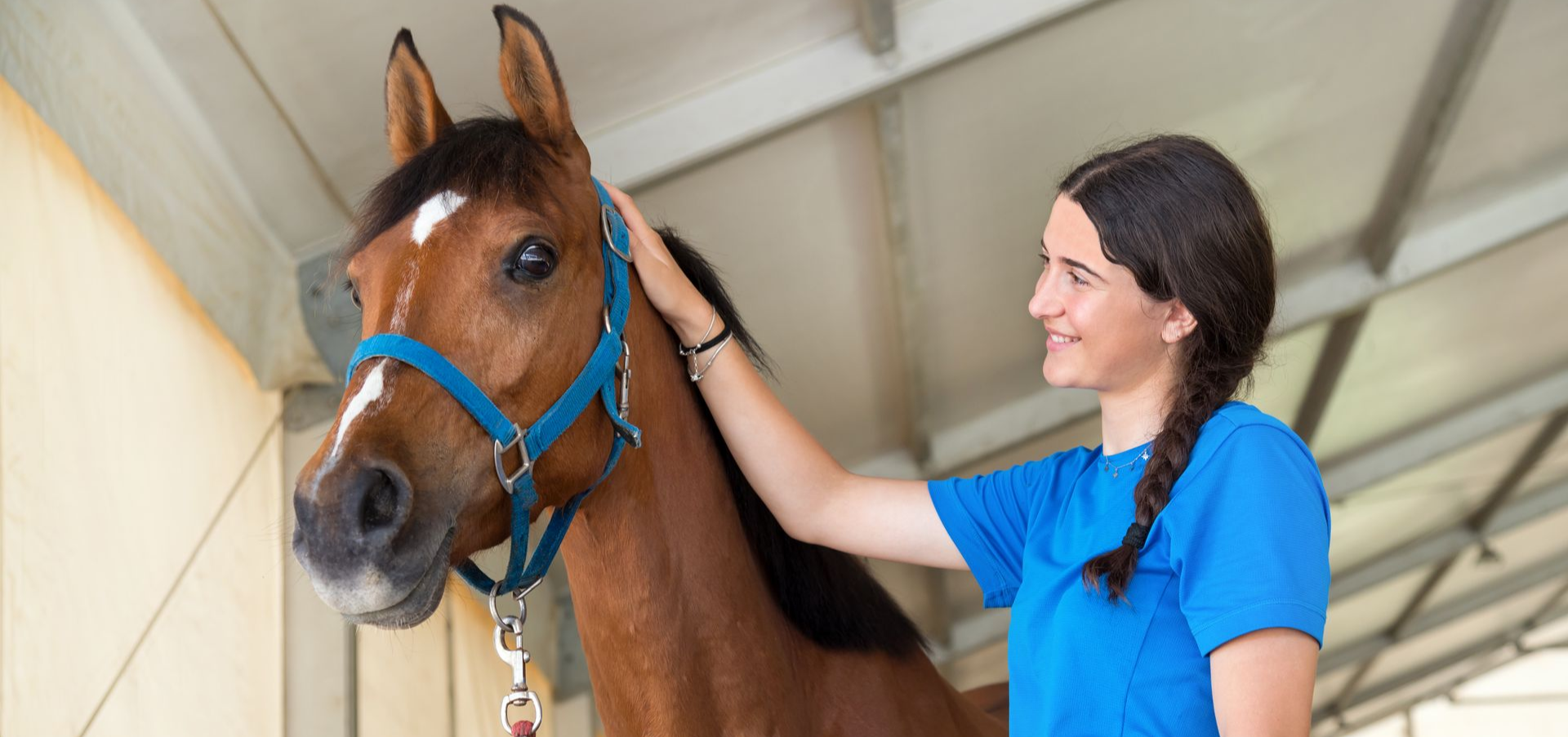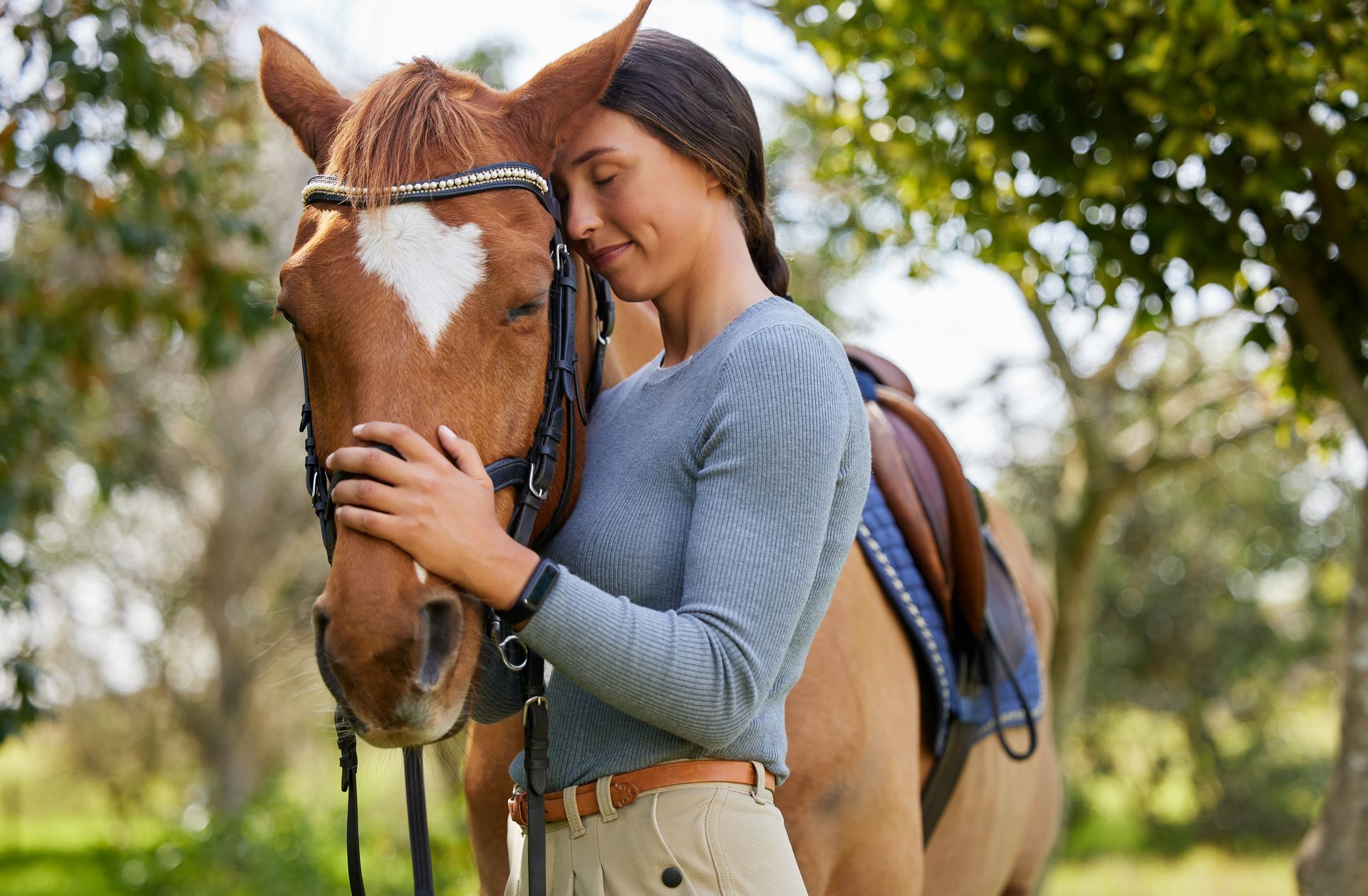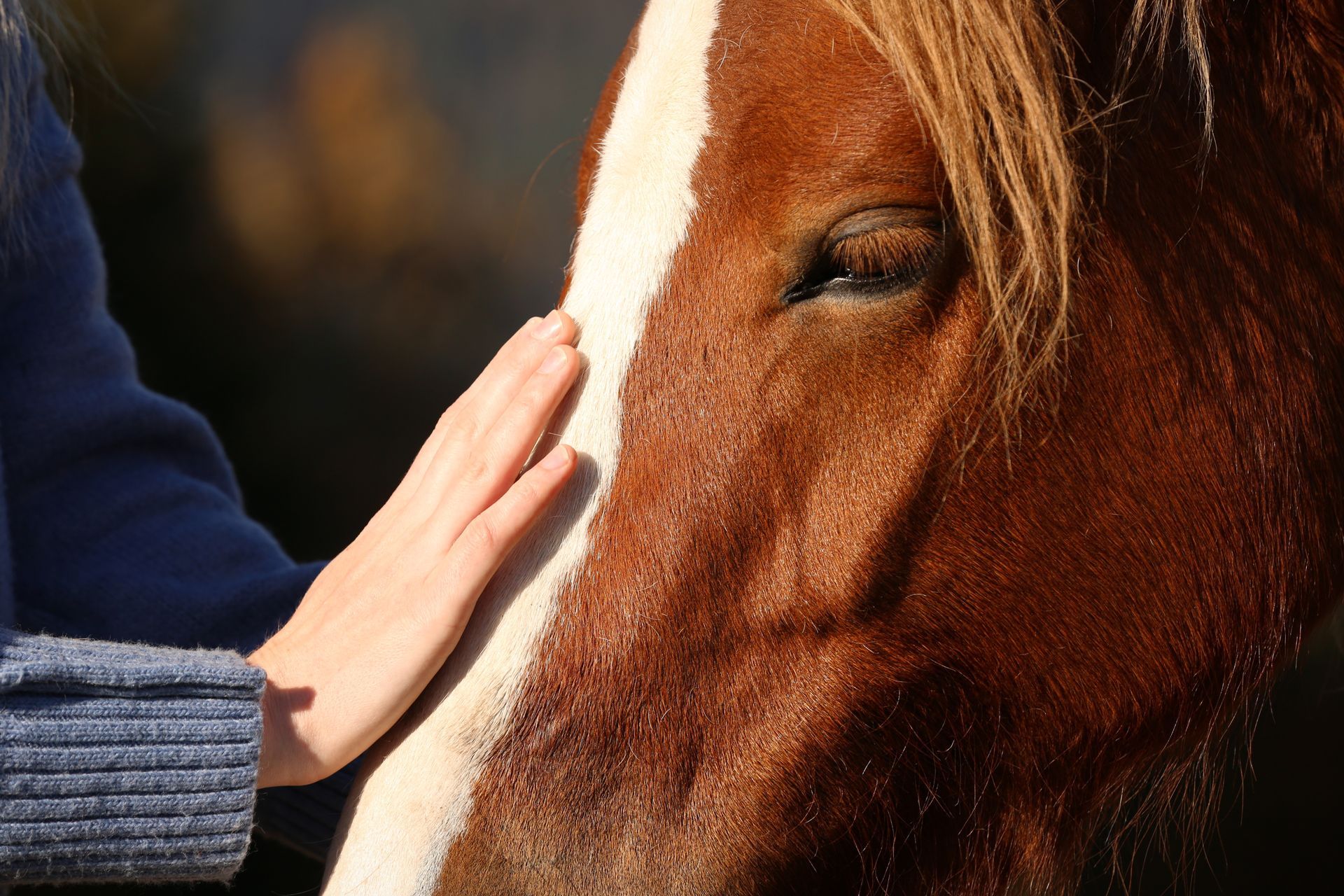What Is Nature-Based Therapy and How Can It Help?
Nature-based therapy, also known as ecotherapy or outdoor therapy, is a therapeutic approach that incorporates nature and outdoor experiences into the healing process. It leverages the natural world to promote emotional, psychological, and physical well-being. Unlike traditional talk therapy, which typically takes place indoors, nature-based therapy happens in natural settings like forests, meadows, or near bodies of water.
How Does Nature-Based Therapy Work? (Techniques & Approaches)
Nature-based therapy can take many forms, depending on the therapist’s approach and the client’s needs. Common techniques include:
- Mindful Nature Walks – Guided walks that incorporate mindfulness practices to reduce stress and increase awareness.
- Orientation to the Natural World – Engaging the senses to attune to the surrounding environment, helping with nervous system regulation and grounding techniques.
- Building Nature Sculptures & Concentric Circles – Creating patterns in nature to explore themes of balance, resilience, and polyvagal theory, helping individuals understand their fight/flight/freeze responses when under stress just like other mammals.
- Grounding Exercises – Engaging in sensory experiences like touching the earth, feeling tree bark, or listening to nature sounds to calm the nervous system.
- Adventure Therapy – Activities like hiking, kayaking, or rock climbing that build resilience and self-efficacy.
- Letting Nature Interrupt the Mind – Observing animals, the wind, or shifting light patterns to break mental loops and invite therapeutic insights.
- Curiosity in Nature – Encouraging exploration of small details in nature to foster a sense of wonder, adaptability, and mindfulness. Contemplating how one fits in the natural world and is reflective of nature.
What Are the Mental Health Benefits of Nature-Based Therapy?
- Nature-based therapy is effective in supporting mental health in several ways:
- Reduces Anxiety and Depression – Studies show that time in nature lowers stress hormones and boosts mood-regulating neurotransmitters like serotonin.
- Enhances Trauma Healing – Being in nature helps regulate the nervous system and supports somatic-based trauma recovery.
- Improves Emotional Regulation – Engaging with nature fosters mindfulness, helping individuals manage overwhelming emotions.
- Encourages Mind-Body Connection – Physical movement in outdoor settings helps people reconnect with their bodies, reducing dissociation and increasing self-awareness.
- Boosts Creativity and Problem-Solving – Time in nature enhances cognitive flexibility, making it easier to process emotions and find solutions to challenges.
How Is Nature-Based Therapy Different from Traditional Talk Therapy?
While traditional talk therapy takes place in an office setting, nature-based therapy removes the walls, integrating movement, sensory experiences, and environmental connection into the healing process. Key differences include:
- More Embodied Approach – Clients engage their whole body in therapy rather than sitting and talking.
- Less Pressure to Maintain Eye Contact – Some people find it easier to open up while walking or interacting with nature instead of sitting face-to-face.
- Natural Regulation of Nervous System – Exposure to nature naturally shifts the body into a calmer, more regulated state, making deep emotional work more accessible.
Who Can Benefit from Nature-Based Therapy?
Nature-based therapy is beneficial for people of all ages dealing with:
- Trauma and PTSD
- Anxiety and stress-related disorders
- Depression and mood disorders
- ADHD and difficulty focusing
- Grief and life transitions
- Burnout and chronic fatigue
- Relationship issues
How to Get Started with Nature-Based Therapy?
If you're interested in nature-based therapy, here’s how to begin:
- Find a Qualified Therapist – Reach out to me through my email.
- Explore Different Approaches – Decide if you’d like structured activities (e.g., building nature sculptures) or a more open-ended nature experience.
- Incorporate Nature into Daily Life – Even small changes, like daily walks in a park, can help boost mental well-being.
Why Nature-Based Therapy Works?
Nature has an incredible ability to heal, regulate, and restore balance. Whether you’re struggling with anxiety, trauma, or life transitions, connecting with the natural world can provide the grounding and clarity you need. If you’re ready to explore the healing power of nature-based therapy or have any more questions, please reach out!










